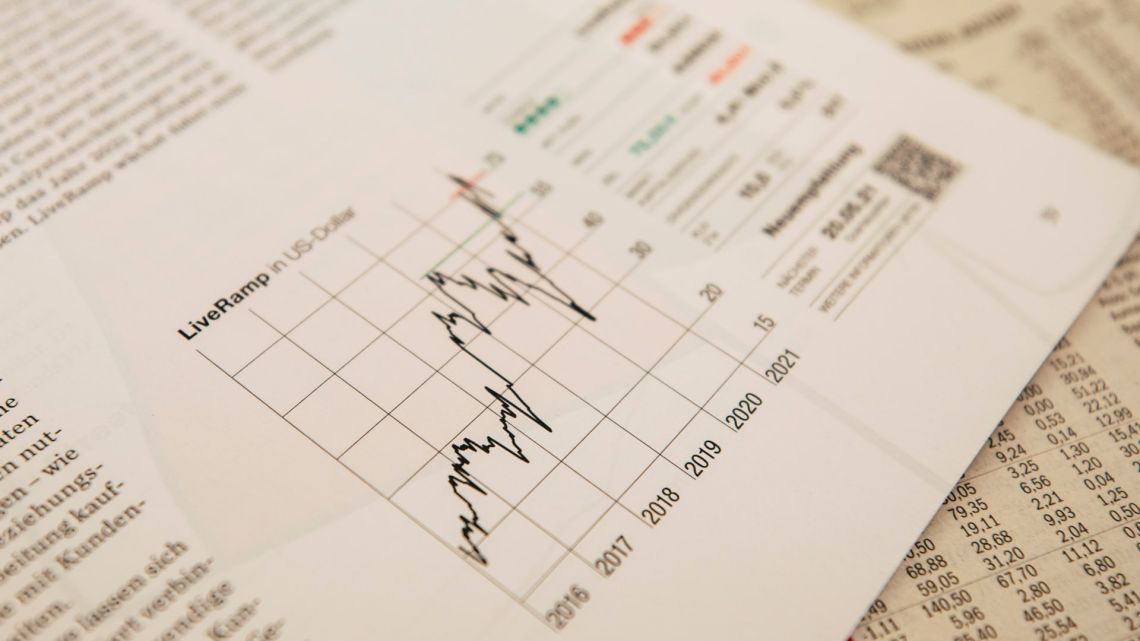
Price Action
- West Texas Intermediate crude for February delivery (CL00, -0.18% CL.1, -0.18% CLG24, -0.18%) dropped by 28 cents, or 0.4%, to $70.10 per barrel on the New York Mercantile Exchange.
- March Brent crude (BRN00, +0.01% BRNH24, +0.01%), the global benchmark, decreased by 15 cents, or 0.2%, to $75.74 per barrel on ICE Futures Europe.
Market Drivers
Both Brent and WTI experienced a decline on Tuesday, reaching their lowest levels since December 13th. Initial gains made in response to Iran's decision to send a warship to the Red Sea after the U.S. military sank three boats operated by Iran-backed Houthi rebels were not sustained. These boats had previously attacked a cargo ship operated by Maersk.
In light of this situation, the Danish shipping giant Maersk announced on Tuesday that it would indefinitely suspend shipments through the Red Sea.
The Houthis: A Growing Threat to Shipping in the Red Sea
Since the start of the Israel-Hamas war in October, the Houthi rebels have launched multiple drone and missile attacks on shipping in the Red Sea. Surprisingly, oil traders have largely overlooked this potential threat to transportation in the crucial waterway. However, analysts have warned that these incidents could escalate into a larger conflict involving Iran.
Flashpoints: A Cause for Concern
Many experts believe that there are three particular flashpoints that could ignite a wider Middle East war, forcing markets to pay attention. The implications of such an event on global oil prices cannot be ignored.
Oil Prices: Mixed Signals
Oil prices have been influenced by various factors in recent months. Despite a sharp increase in oil supply outside of OPEC+, particularly from the United States, where daily production has reached a record high of over 13 million barrels, demand momentum has slowed down in the fourth quarter. Barbara Lambrecht, a commodity analyst at Commerzbank, explains this delicate balance in a note.
Red Sea Risk: Disruptions on the Horizon
While global oil prices have been relatively stable, the situation in the Red Sea poses a significant risk of supply disruptions. In fact, this has already impacted oil prices to some extent in the second half of December. As Lambrecht points out, certain shipping companies are now opting to avoid the affected strait altogether. Instead, they are taking a much longer route around the Cape of Good Hope. Unfortunately, this not only prolongs delivery times by 10-12 days but also increases transportation and insurance costs.
It is evident that the threat posed by the Houthis cannot be underestimated. The potential for a broader conflict involving Iran hangs in the air. As the situation unfolds, it remains crucial for industry players and markets to carefully monitor these developments and their potential impact on global oil prices.













Write Your Comment